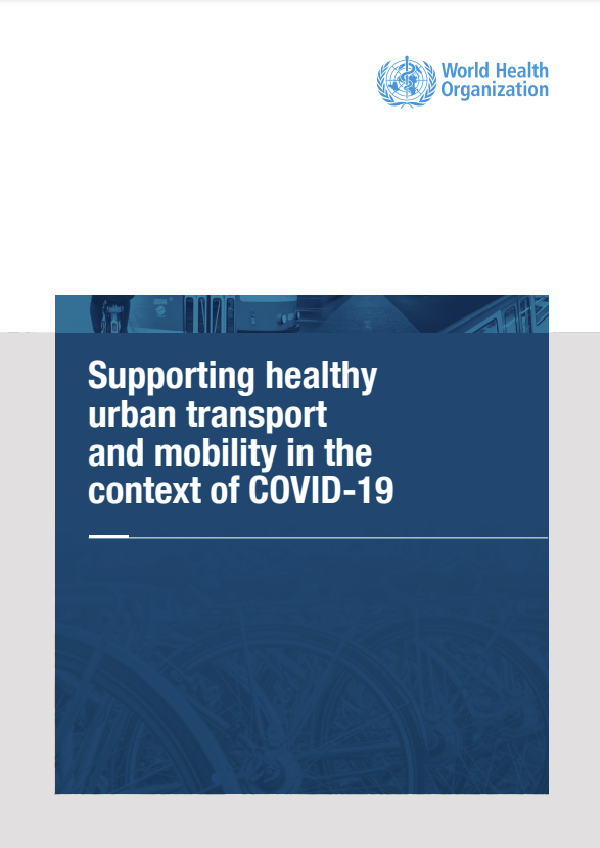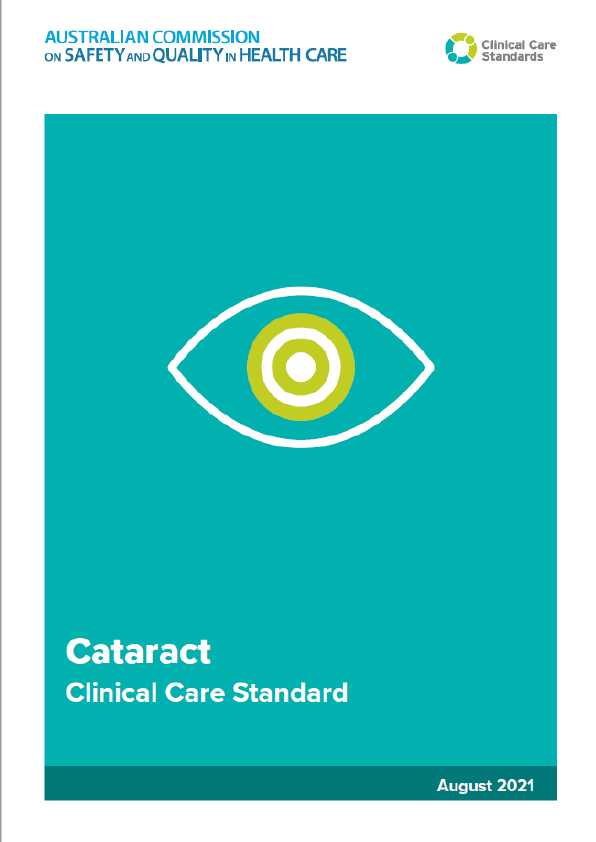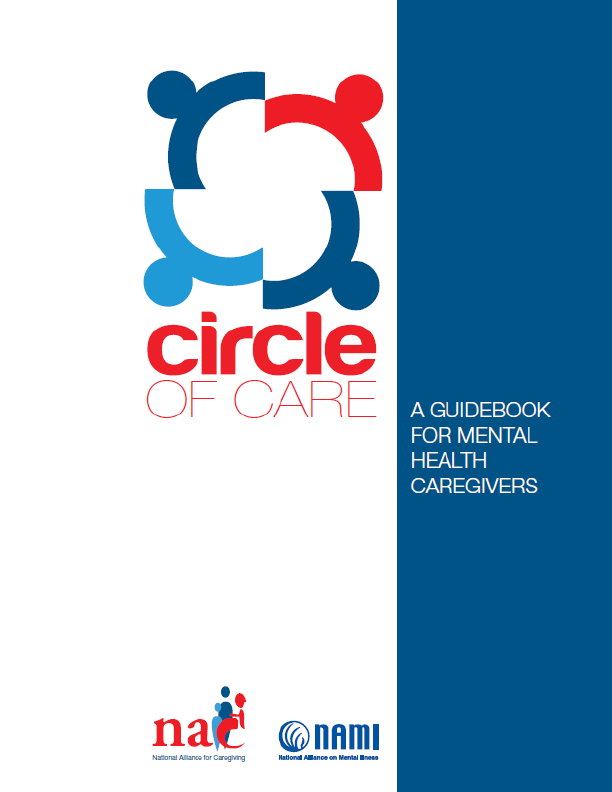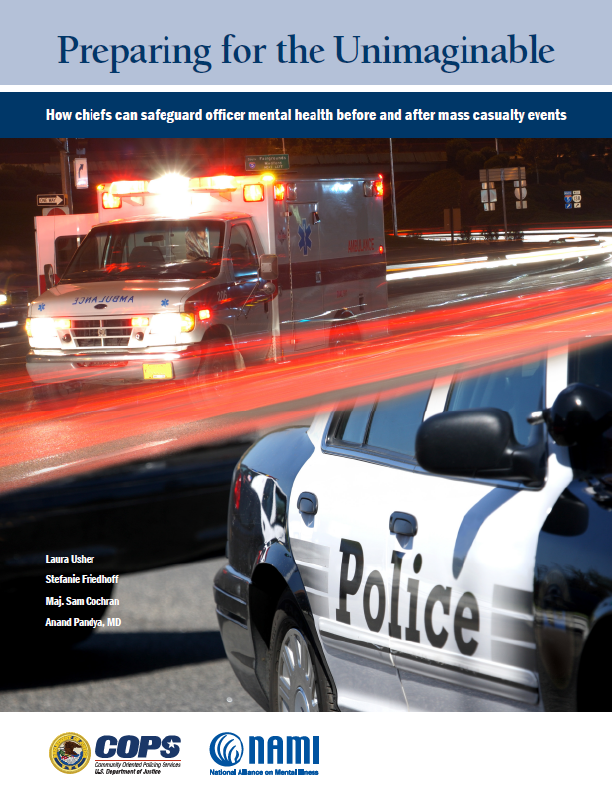Supporting healthy urban transport and mobility in the context of COVID-19 is part of the World Health Organization’s sustained effort to provide up-to-date guidance on COVID-19 to Member States. It explains ways through which existing WHO guidance on physical distancing and hygiene measures can be implemented in the transport sector. It specifies what national and local governments, transport operators and commuters can do to ensure that these measures are implemented in the transport sector to guarantee the health and safety of travellers and transport workers. The document points out that governments, at both national and local levels, have an important role to play in maintaining the trust of users while providing safe and efficient public transport options that reduce the risk of COVID-19 infection. It also notes that governments play a key role in creating the policy frameworks for promoting safe active mobility, including through investment in safe infrastructure for pedestrians and cyclists, reallocation of public space and enforcement of road safety measures.
Many countries around the world are easing COVID-19 travel restrictions on the movement of people and goods by various modes of transport.
As the transition to the “new normal” progresses, governments, public health authorities, transport providers and communities are working towards achieving three main objectives:
- ensuring the health and safety of travellers and transport workers;
- sustaining the short-term gains in safer, healthier and more sustainable modes of transport that have been observed during the lockdown;
- preparing for a possible future occurrence of events of a similar nature and responding to all transmission scenarios.
Central to attaining these objectives is maintaining the functioning and economic viability of public transport systems, while rebalancing the distribution of different modes of transport towards reduced car dependency and increased safe walking and cycling.
These shifts are paramount to sustain the positive changes observed in multiple locations during the travel restrictions and achieve various health and environment objectives. These include: reductions in road traffic injuries, emissions of transport-related air pollution and greenhouse gases, noise and traffic congestion; provision of opportunities for increased physical activity; and increased flexibility and resilience of transport and mobility systems to face possible future disruptions.
This document addresses these issues by presenting measures that can be implemented in the transport sector by various actors to achieve these public health objectives. It focuses on ways existing WHO guidance on COVID-19 can be implemented in the transport sector. This document builds on an earlier document that provided guidance on transport during the COVID-19 outbreak and confinement, and should be read in conjunction with existing and evolving WHO guidance from other related areas (e.g. advice for the public on the use of masks, and other preventive measures).
The target audiences for this document are national and local governments, including public health authorities; transport providers; and commuters, all of whom have an important role to play in ensuring that public health and social measures are adhered to.
The actions presented in this document have been identified through reviews of various sources, including emerging scientific and grey literature, websites of international and nongovernmental organizations, databases and collections of case studies and news outlets, reflecting the rapidly evolving development of knowledge in this field. The actions presented in this document are organized by main target audience or actors, namely governments, transport providers and commuters. These measures should be considered as a package comprising a comprehensive response, which should be tailored to the local context.











